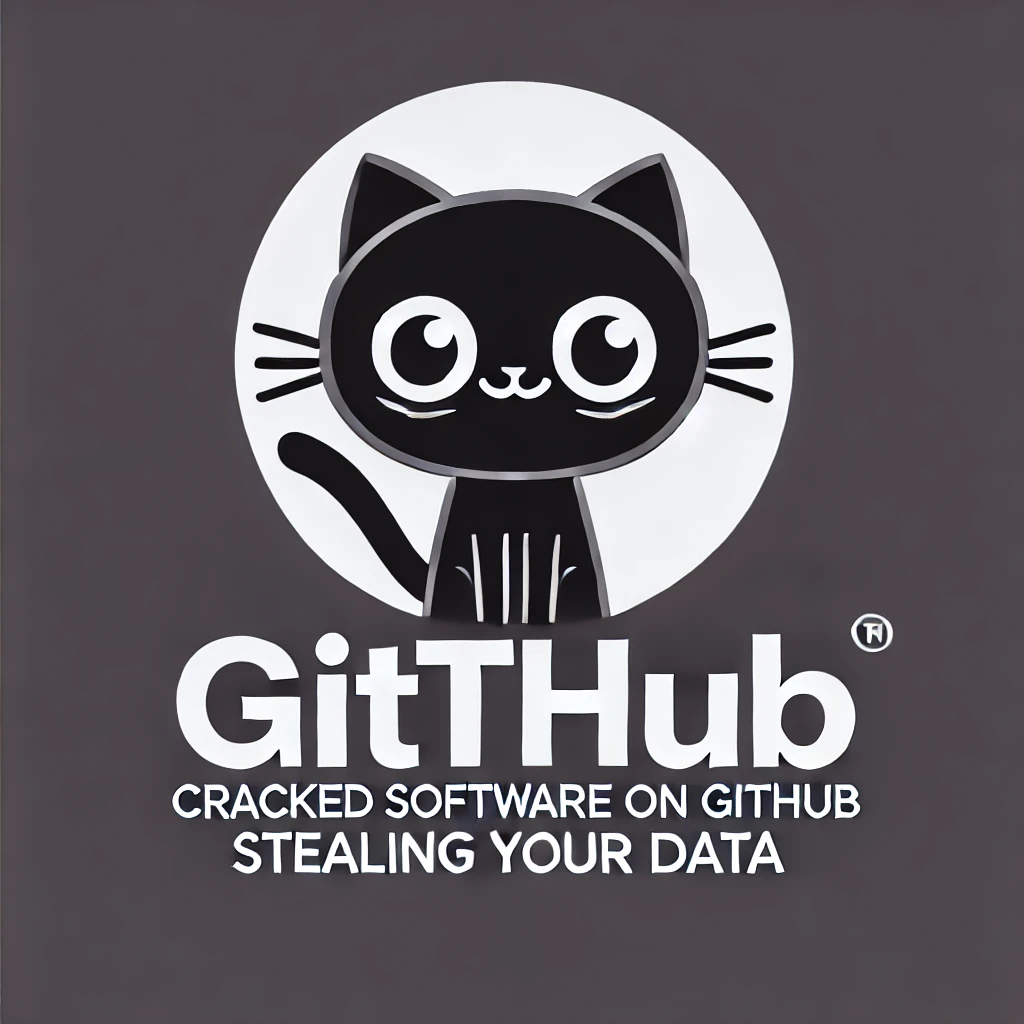When more than half the world’s population uses social media, businesses need to pay more attention to this channel. 36% of these users utilize social media to discover and purchase new brands. Combined with how affordable it is to market on social media organically and using paid ads, it’s no surprise that 97% of Fortune 500 companies rely on social media as their primary platform for online sales. Consequently, the growing usage of social media has also attracted the attention of many cybercriminals.
In 2021, LinkedIn reported that data from about 700 million users had been leaked. In 2019, Facebook announced a breach that compromised 533 million accounts, and the previous year, Twitter was breached, resulting in over 330 million compromised users. Sensitive PII data such as emails, phone numbers, bank accounts, and passwords are the most commonly sought-after data in the black market. This data is highly sought after because hackers can use it in social engineering attacks such as phishing scams where users unintentionally hand over their credentials and have their accounts taken over (ATO attack).
Learn More: What is The Gray Market?
Now more than ever, it is mission-critical to protect your business from data breaches stemming from social media. Here are five ways to keep your business from falling prey to the growing threats on social media.
How to Protect Against Social Media Data Breaches
While social media has risks, the business advantages are simply too lucrative to ignore. According to the Harris Poll, 68% of consumers believe that social media enables them to interact with brands and companies more easily, and 78% of them are willing to buy from brands after having a positive experience with them on social media. With over 10 million active advertisers on Facebook alone and 91% of marketing executives planning to increase their investments in social media marketing, it’s imperative to secure the entire user experience on social media. Social media data breaches don’t just put your network and connected systems at risk but also put a dent in your brand’s reputation and bring down sales.
Here is how you can respond to social media data breaches:
Advanced Password Management
51% of Americans confessed to using the same passwords for their work and home devices. This is in addition to the startling fact that 84% of people use the same password for multiple accounts.
Password management is a documented collection of principles, best practices, and technologies that guide users in creating, storing, and managing passwords. This practice keeps passwords secure and social media data safe.
A strong password policy is key to a fortified front-line defense, and here are some recommendations for advanced password management:
● Use long phrase passwords that contain multiple character types. NIST recommends using passwords with up to 64 characters.
● Most businesses deal with multiple social media platforms, and each platform should have different passwords.
● You should change your passwords every few weeks to ensure a password that might have been part of a recent data breach won’t be reused.
● Leverage password managers like 1password that can generate strong passwords randomly. Employees will be less prone to the human error of forgetting passwords or insecurely storing them without a password manager.
Multi-Factor Authentication
Even password managers like LastPass can be breached by hackers. To add additional security, multi-factor authentication (MFA) can provide much more confidence in your company’s cybersecurity measures. MFA forms the core of a strong Identity Access and Management (IAM) program. It requires additional authentication to grant access.
There are three main types of MFA verification methods:
● Knowledge – passwords, PINs
● Possession – hardware key or smartphone
● Inherence – fingerprints, voice recognition, retina scans
Another subset of MFA that is gaining steam is called adaptive authentication. Adaptive authentication is risk-aware and analyses the context and behavior of access attempts, determines the risk level before responding in one of four ways – allow, deny, block, or step up. Risk factors that are commonly monitored are the type of device, time of login attempt, type of connection, geolocation, and more.
Hardened Endpoint Security
The rise of mobile devices and remote work is causing issues for IT security teams. With over 36.2 million Americans choosing to work remotely by 2025, this problem is not going away anytime soon.
Each remote endpoint, such as desktop devices, laptops, mobile phones, digital printers, IoT devices, and PoS systems, can potentially be an attack vector for hackers. Remote work is altering the endpoint landscape by allowing a proliferation of access attempts from a growing number of devices. Many employees access their private social media from the same device they use for work. Some even connect to public, unsecured WiFi networks, laying out an invitation for hackers to see all their traffic in plain view. Palo Alto Networks reported that 35% of employees circumvent or disable remote security measures on their devices.
Organizations must enforce both mobile and desktop endpoint security solutions on their employees’ devices to stop malicious URLs and malware downloads from social media usage. Endpoint Protection and Response (EDR) solutions keep endpoints secure by constantly examining files, processes, and system activity for any suspicious behavior. Leveraging a cloud-based endpoint security solution that can act as a firewall and detect threats on the devices accessing your corporate resources is a great way to mitigate threats in the growing remote workforce.
Up-to-date Patch Management
When a vulnerability is discovered, software vendors will release updates to patch these gaps. Therefore, having up-to-date security patches is good security practice. Delays in applying patches can cause serious consequences. According to Eweek, over 80% of companies in a data breach could have avoided the situation by patching on time. But, as shown by a Ponemon Institute study, patching is one of the hardest jobs for IT teams. Coordinating patches across teams and devices can take up to 12 days.
Organizations should implement proper patch management for social media applications to ensure the software is updated on time with minimal downtime. It doesn’t just keep their data secure; it also keeps them compliant, increases system uptime, and introduces new security features.
Unfortunately, 55% of companies say that they spend more time manually navigating the various processes involved in patching instead of actually patching vulnerabilities. It’s best to leverage automated patch management software to schedule, deliver, and patch systems as and when required. Ensuring that users with social media on their corporate devices have the latest patch is simply good security practice.
Safeguarding Against Human Error
According to Tessian Research, employees receive an average of 14 phishing emails yearly. With 97% of employees unable to recognize sophisticated phishing and spoof emails, organizations need to invest in technology that prevents these attacks.
Well-intentioned employees can unknowingly put the entire company’s data at risk by clicking on phishing links. Unfortunately, social media is a popular channel for attackers to launch phishing campaigns.
Security awareness training can help educate employees on how to avoid falling for scams and threats. Organizations should maintain an ongoing awareness program that works on a continual basis so that employees can be trained to deal with new threats and be updated with the latest cybersecurity research. But even the most comprehensive cybersecurity awareness programs cannot eliminate the risk of human error. Advancements in AI and deepfakes can trick even the best employees. It’s better to take a proactive stance by resolving the threat before it even reaches employees. This can be done by continuously monitoring social media channels for phishing links, impersonations, and other scams.
Social media data breaches can put your entire ecosystem at risk. 52% of companies had their credentials and accounts compromised, while 60% lost data to phishing attacks. Unless you have the proper mechanism in place to identify such scams and take them down, they will expose your organization to undue risk and brand loss.
Automate Protection Against Social Media Data Breaches
In an age where social media is becoming a popular channel to launch malicious activity against your users, investing in a solution that automates protection across social media platforms is imperative.
Bolster offers a robust automated digital risk protection that uses advanced AI to detect and neutralize threats without coding or manual intervention across all your social media applications. The AI-powered detection engine continually scans social media and other online platforms to identify threats with a false positive rate of just 1 in 100,000. Any malicious or suspicious activity on social media is reported and taken down within minutes. It also has the capability to monitor the dark web for leaked credentials and inform the affected individuals about the same. Moreover, it condenses all the information into an easy-to-use dashboard that visualizes the social media threat landscape for actionable insights.
Request a demo today to learn more about Bolster and how it can keep your organization and users safe from social media data breaches.









